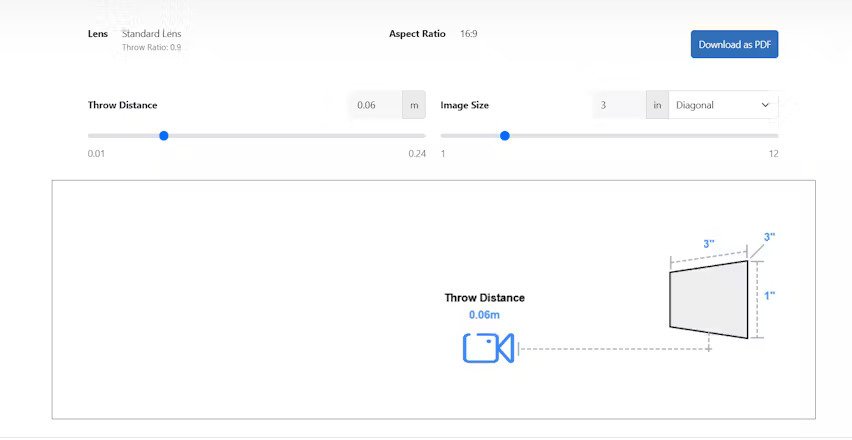Algorithmic trading has become the backbone of modern finance—and in the world of crypto, it’s not just an advantage, it’s a necessity. As digital assets continue to evolve in speed, complexity, and opportunity, traders are turning to automation to stay ahead of the game. But with dozens of strategies out there, which ones truly deliver?
In this guide, we’ll uncover the 7 best algorithmic trading strategies you can implement in 2025 to maximize profits, minimize risk, and keep your trading decisions driven by data, not emotion. Whether you’re building a custom bot or exploring new tactics for an existing system, these strategies can be your blueprint for consistent results.
1. Trend Following Strategy
Overview:
Trend following is one of the most popular and beginner-friendly algorithmic strategies. It relies on analyzing historical price data to identify consistent upward or downward trends and executing trades based on those patterns.
How It Works:
The algorithm uses indicators like moving averages (MA), average directional index (ADX), and momentum to enter positions during strong trends—and exit when signs of reversal appear.
Why It Works:
Markets, especially in crypto, often exhibit strong momentum. Algorithms remove emotional hesitation and help ride trends without second-guessing.
Pro Tip:
Set dynamic stop-loss and take-profit levels to lock in gains while protecting against whipsaws.
2. Mean Reversion Strategy
Overview:
Mean reversion assumes that asset prices tend to revert to their average over time. This strategy profits by identifying when prices stray too far from their historical mean.
How It Works:
When a crypto asset is significantly above or below its moving average (using Bollinger Bands or z-score), the bot triggers a trade expecting a reversion to the mean.
Why It Works:
Crypto markets are volatile but not random. Many overreactions are corrected quickly, creating short-term trading opportunities.
Pro Tip:
Use in conjunction with volatility filters to avoid entering trades during major news or breakout events.
3. Arbitrage Strategy
Overview:
Arbitrage exploits price differences of the same asset across multiple exchanges or markets. It’s fast, relatively low-risk, and ideal for algorithmic execution.
How It Works:
The bot scans different exchanges (like Binance, Kraken, Coinbase) for price discrepancies and executes simultaneous buy/sell orders to capture the spread.
Why It Works:
Crypto markets are fragmented, and inefficiencies can exist—especially during times of high volatility.
Pro Tip:
Ensure ultra-low latency and API integration across exchanges. Speed is everything in arbitrage.
4. Market-Making Strategy
Overview:
Market makers provide liquidity to markets by placing simultaneous buy and sell orders. They earn profits on the bid-ask spread rather than directional price movement.
How It Works:
The algorithm continuously places orders on both sides of the order book, adjusting prices and sizes based on market depth and volatility.
Why It Works:
If done efficiently, market making yields consistent micro-profits while contributing to exchange liquidity.
Pro Tip:
Monitor your inventory risk and implement safeguards against sudden price spikes.
5. Breakout Trading Strategy
Overview:
Breakout trading captures profits during sharp movements that follow consolidation periods—one of the most exciting moments in crypto trading.
How It Works:
The bot monitors support and resistance levels. Once price breaks through a significant level with volume confirmation, the strategy triggers an entry.
Why It Works:
Breakouts often lead to large moves due to trapped traders and stop-loss cascades, especially in crypto markets.
Pro Tip:
Use false breakout filters and confirm with volume-based indicators like OBV or VWAP.
6. Statistical Arbitrage (Pairs Trading)
Overview:
This algorithmic trading strategies involves finding two correlated crypto assets. When their price relationship deviates beyond a standard range, the algorithm opens a long position in one and a short in the other.
How It Works:
It uses statistical models (cointegration, correlation, z-score) to identify entry/exit points based on historical relationships.
Why It Works:
Crypto pairs (like ETH/BTC or UNI/SUSHI) often revert to a mean correlation after temporary divergence.
Pro Tip:
Continuously backtest correlation metrics—market dynamics change quickly in the crypto space.
7. Sentiment Analysis-Based Strategy
Overview:
In a space driven by emotion and news, sentiment analysis gives bots the ability to react to market psychology—faster than any human.
How It Works:
The algorithm scrapes social media, news platforms, Reddit, and Twitter for keywords and sentiment signals. It opens trades when positive or negative sentiment reaches certain thresholds.
Why It Works:
Crypto is uniquely reactive to hype, fear, and narratives. Sentiment data can offer a predictive edge before technicals catch up.
Pro Tip:
Use NLP (Natural Language Processing) models trained specifically on crypto jargon and slang.
Bonus Tip: Combine Strategies for Maximum Impact
No single strategy is perfect in every market condition. The best trading bots often combine multiple strategies—like trend following + sentiment analysis, or arbitrage + market making—to reduce risk and improve consistency.
Things to Consider Before You Automate
Before jumping in, consider these essential factors:
🔐 Security
Always prioritize secure API connections, encrypted credentials, and robust error-handling mechanisms.
⚙️ Backtesting & Optimization
Test strategies on historical data before deploying with real capital. Tweak variables, assess drawdowns, and simulate market conditions.
📈 Exchange Compatibility
Ensure your bot integrates smoothly with major crypto exchanges (Binance, Bybit, KuCoin, etc.) and handles trading pairs, slippage, and rate limits effectively.
📊 Risk Management
Incorporate stop-loss, take-profit, trailing stop, and position-sizing logic. A winning strategy without risk management is a disaster waiting to happen.
Final Thoughts
Algorithmic trading strategies aren’t just tools—they’re systems designed to eliminate emotional errors, seize microscopic opportunities, and scale profits. Whether you’re a solo trader or managing institutional capital, these seven strategies form a rock-solid foundation for crypto success in 2025 and beyond.
If you’re exploring custom crypto trading bot development, now is the time to embed these strategies into intelligent automation. By doing so, you won’t just react to the market—you’ll stay one step ahead of it.
Ready to bring your trading vision to life?
Let the data do the talking. Let the algorithm do the work.














Leave a Reply